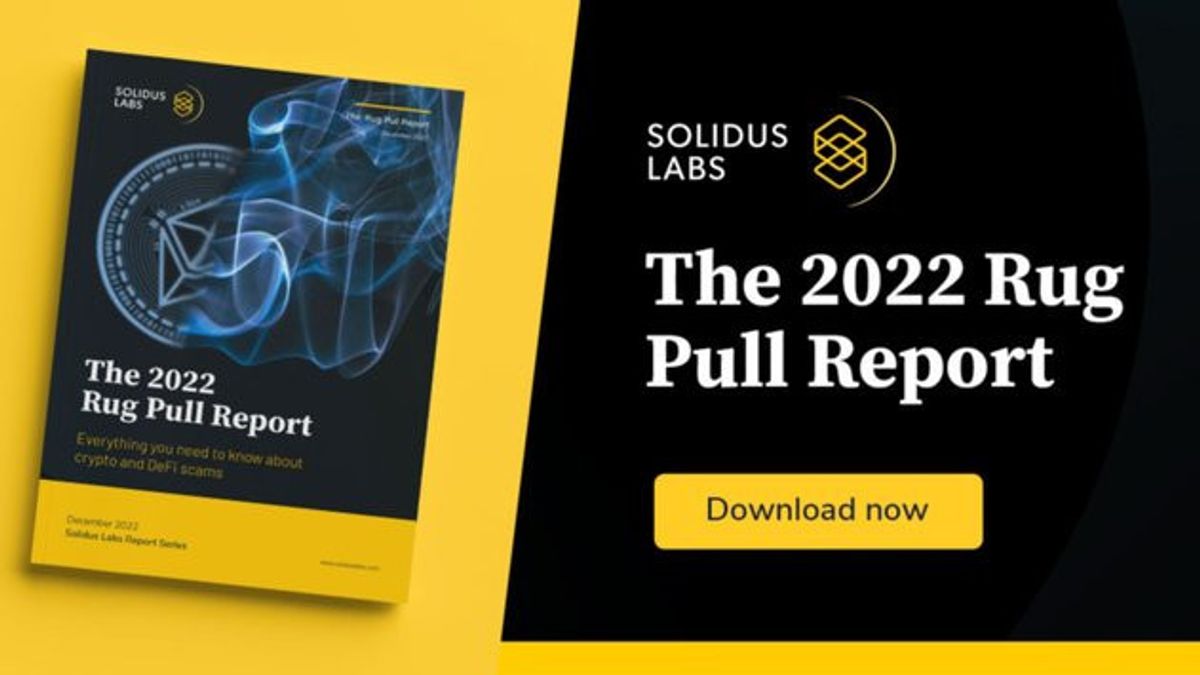JAKARTA - More than 350 fake cryptocurrency tokens are made per day this year, which scamming millions of investors. This was revealed, according to blockchain risk monitoring firm Solidus Labs.
From early 2022 to December 1, 117,629 "fraud tokens" have been deployed, according to the 2022 Solidus "Rug Pull Report". That is a 41% increase from nearly 83,400 scam tokens detected by Solidus in 2021.
The report claims that BNB Chain stores the largest number of scam tokens, with 12% of all BEP-20 tokens being scams. The Ethereum network is second-placed, with 8% of ERC-20 tokens claimed to be scams.
Our inaugural Rug Pull Report is here! Inside: original data, research, & case studies that reveal the true scale of crypto’s rug pull problem for the very first time. Get your copy now: https://t.co/79XxVNwi82 pic.twitter.com/bJGf0DEw1o
— Solidus Labs (@Solidus_Labs) December 16, 2022
Rug Pull is a type of crypto-out scam where individuals or teams create tokens and increase their prices before extracting all the value from the project, leaving them as token prices slump to zero.
Nearly two million investors have lost money to this scam since September 2020, a larger number of combined 1.8 million creditors affected by crypto exchange bankruptcy and lending platforms FTX, Celsius, and Voyager.
Quoted by Cointelegraph, the most popular type of scam token is "honeypot", which is a smart token contract that doesn't allow shoppers to resell.
Solidus said the most productive "honeypot" that was successfully executed in 2022 was a Squid Game (SQUID) token scam worth US$3.3 million (Rp51.5 billion), which grew 45,000% in a few days as investors bought hype but were unable to sell, ending with an anonymous founder who appeared to be running with investor funds.
The centralized exchange (CEX) is also affected by the rugby pull as many of these malicious tokens use it to fund their fraudulent projects and cash out unauthorized profits.
Solidus claims Ether, worth around $111 billion stolen ETH from scam tokens, has been flowing through 153 CEX since September 2020, with most exchanges being watched by US regulators.
Nearly $4 billion flows into the US CEX in a time frame analyzed, which is nearly double that of CEX's second most exposed jurisdiction: the Bahamas.
The English, Chinese, Japanese, Arabic, and French versions are automatically generated by the AI. So there may still be inaccuracies in translating, please always see Indonesian as our main language. (system supported by DigitalSiber.id)













